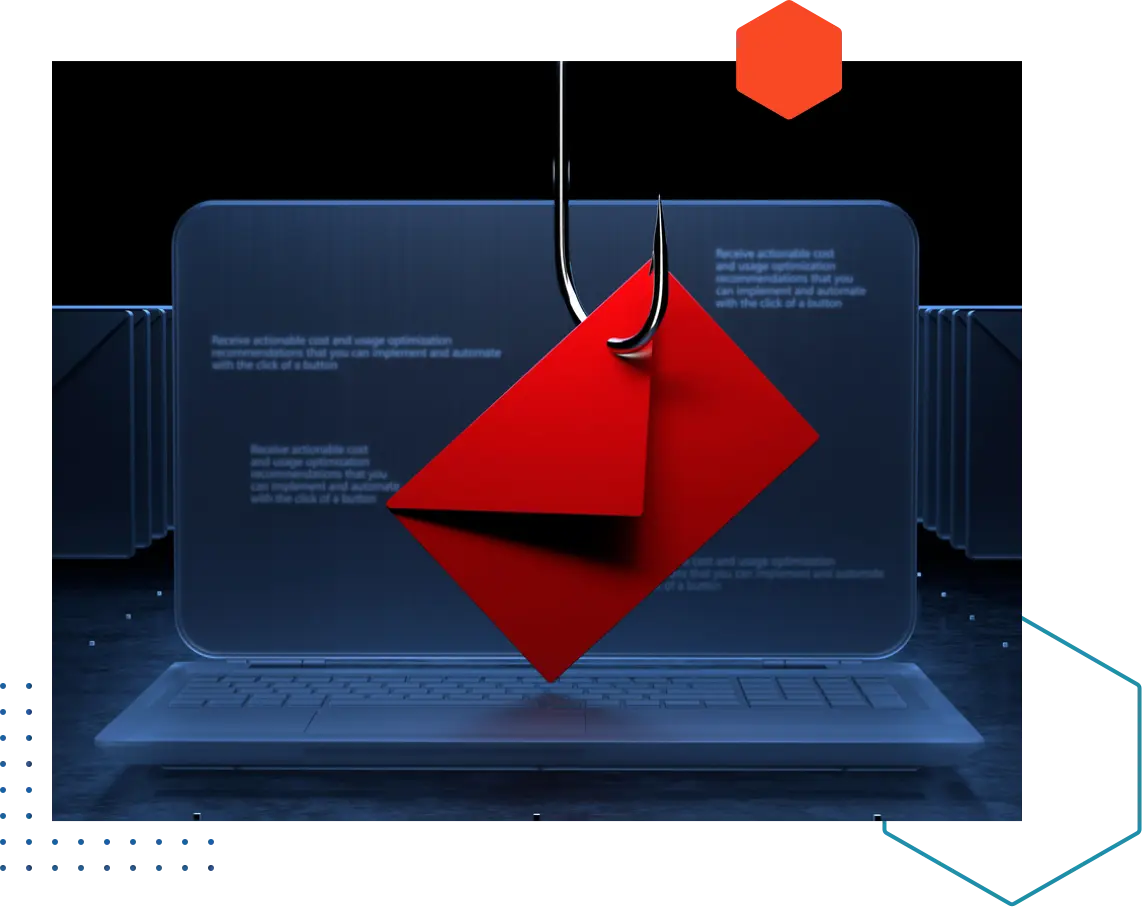Phish Fence Banner
Defend your business from phishing scams
What is Phish Fence?
Tech Partners Hawaii’s Phish Fence is an email protection product by Inky that uses sophisticated machine learning and artificial intelligence to analyze incoming messages for signs of phishing, spam, and other email-based threats.
Phish Fence appears as a banner at the top of incoming emails, providing users with real-time guidance on the safety of the email's content. It utilizes advanced algorithms to assess the sender's authenticity, content relevance, and attachment security to determine whether the email is safe. The banner also displays the email sender’s address and mark if an email is from an internal or external source. If you see these banners, it means that your IT staff has deployed Phish Fence and included you in the group of protected users.

Leveraging Phish Fence banners is the best way to level up your company’s security
Real-time awareness
Phish Fence banners offer instant insights into the safety of incoming emails. Users can quickly identify potential threats and make informed decisions before interacting with email content.
Enhanced security
By assessing sender authenticity, content relevance, and attachment security, Phish Fence banners act as a proactive shield against phishing, spam, and email-based threats.
Reduced risk exposure
The advanced machine learning and artificial intelligence algorithms of Phish Fence banners significantly minimize the likelihood of falling victim to cyberthreats.
FAQs
Find answers to common questions regarding the Phish Fence banner
A gray banner indicates that Phish Fence did not find anything unusual or suspicious about the message. Even though the message was not classified as threatening, you should always check the displayed sender address and the source type to be sure it makes sense (e.g., an external webmail address for a message from a colleague may be cause for concern).
A yellow banner indicates that Phish Fence found something unusual about the email message. It is not necessarily phishing or dangerous but something you should be aware of. For example, a request for sensitive personal information should be given extra scrutiny. Mail that seems out of the ordinary or is spammy in some way may receive a yellow banner.
A red banner indicates that Phish Fence thinks the message is suspicious and likely to be phishing or dangerous in some other way. This includes brand impersonations (e.g., a fake “account alert” email from your IT department), blocked phishing URLs, or attempts to spoof mail to look like it came from an internal company account.
Look carefully at who the mail is from and whether it is from someone you trust. Be especially careful about clicking any links in the body of the email or opening any attachments.
If you think Phish Fence has made a wrong classification, or if you just want to confirm that Inky got it correct, click the “Report This Email” link found in the bottom right corner of each banner. This will take you to a web form where you can indicate that the message is truly Safe, Spam, or Phishing.
You can also provide a comment describing your assessment. This feedback is used to automatically improve Phish Fence’s predictions in the future. Your submissions are also manually reviewed to improve the overall system and ensure Inky provides the most accurate security possible.
Part of Phish Fence’s protection is the ability to perform real-time checks on any links you click. If this feature is enabled, clicking on links in a yellow or red banner email will take you to a page reiterating that Phish Fence found the message to be unusual or suspicious.
In some cases, a message that originally only had a gray banner contains a link that is later detected as a dangerous phishing URL. When you click the link, Phish Fence’s real-time check will detect you clicked on a bad link, and you’ll be met with a blocker page alerting you to that fact.
Please contact our team to pass your feedback along. We will be able to fine-tune your policies and settings to help make things work as smoothly as possible.